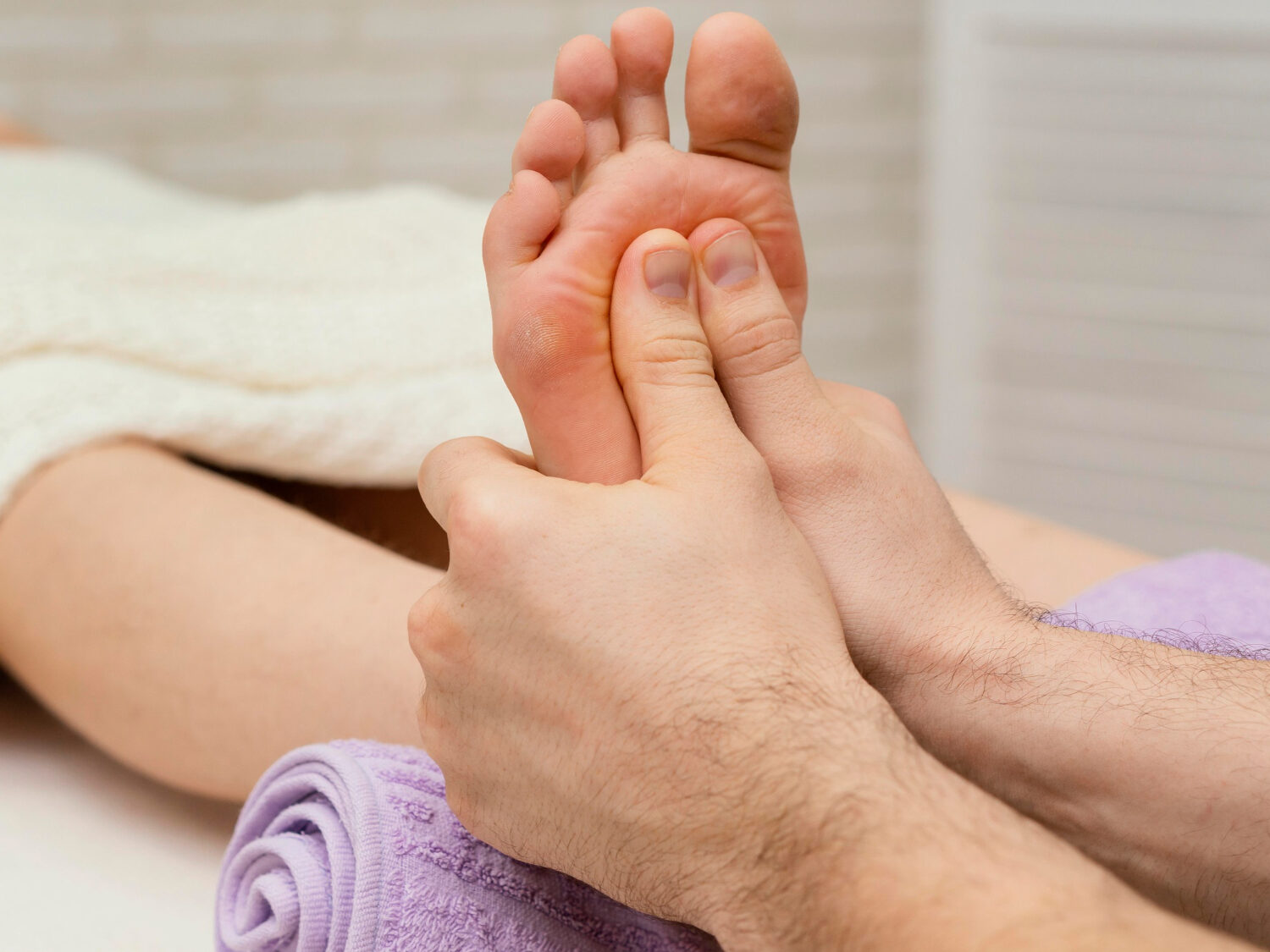Introduction
Toe walking, a common behavior in young children learning to walk, becomes a concern when it persists beyond toddler years. In some cases, persistent toe walking linked to an underlying condition, such as Autism Spectrum Disorder (ASD). This article explores the relationship between toe walking and autism, delving into potential causes and available treatments for this behavior.
What is Autism Spectrum Disorder (ASD)?
Autism Spectrum Disorder is a developmental condition affecting communication and behavior. Its wide spectrum encompasses varying symptoms, skills, and levels of disability. While some individuals with ASD may require significant support, others can live independently with minimal assistance.
Toe Walking and its Association with Autism
Research, including a study in the Journal of the American Academy of Child & Adolescent Psychiatry, suggests that up to 20% of children with ASD exhibit toe walking. Although not exclusive to autism, toe walking considered a common motor characteristic among autistic children. It’s crucial to note that while toe walking can be a sign of ASD, it is not definitive proof, and not all children who walk on their toes have autism.

Reasons of Toe Walking in Children with Autism
- Sensory Processing Issues:
Children with autism often experience sensory processing differences, which may lead to toe walking as a coping mechanism for overwhelming sensory environments. - Muscle Tone and Flexibility:
Some researchers propose that differences in muscle tone or flexibility in children with autism could make toe walking more comfortable or natural for them. - Habit or Comfort:
For some children with ASD, toe walking may be a habit or a comforting behavior, akin to rocking or hand-flapping.
Treatment for Toe Walking
If toe walking is identified as a symptom of an underlying condition like ASD, and it significantly impacts a child’s mobility or quality of life, various treatments may be considered:
- Physical Therapy:
Working with physical therapists to stretch calf muscles and tendons can help children learn a more typical walking pattern. - Occupational Therapy:
Addressing sensory issues through occupational therapy assists children in processing and responding to sensory stimuli more effectively. - Braces or Splints:
Custom-made orthotic devices used to stretch calf muscles and encourage a flat-footed walk, either during the day or at night. - Medication:
In some cases, medications may be prescribed to reduce muscle tightness. - Surgery:
In severe cases where other treatments are ineffective, surgery to lengthen muscles or tendons may be considered as a last resort.


Conclusion
While toe walking can be an indication of autism, it is crucial to consult with healthcare professionals for a comprehensive evaluation. Not all toe-walking children have ASD, and not all children with ASD exhibit toe walking. Early intervention and personalized therapies can significantly improve outcomes for children with ASD, emphasizing the importance of professional guidance in addressing this behavior.
Source
- Kurcharska-Pietrasik, A., et al. (2020). Prevalence and factors associated with toe walking in children with autism spectrum disorder. Journal of the American Academy of Child & Adolescent Psychiatry, 59(9), S275.
- May-Benson, T. A., & Koomar, J. A. (2010). Identifying and treating children with autism who are toe walking. Journal of Early Intervention, 32(1), 35–49.
- Rutz, E., & Hof, A. L. (2019). Toe-walking in children with autism: Can it be explained by inattention to pain? Journal of Pediatric Rehabilitation Medicine, 12(4), 415–421.
- Willett, E. L., & Willett, D. L. (2018). Physical therapy management of idiopathic toe walking. Pediatric Physical Therapy, 30(4), 283–289.
- Kaplan, S. L., & Coulter, C. (2019). Evaluation and treatment of toe walking: experience of a multidisciplinary pediatric limb deformity clinic. Pediatric Physical Therapy, 31(1), 4–11.
- Owen, M., et al. (2016). The effectiveness of botulinum toxin A in the management of lower limb spasticity in children with cerebral palsy: A systematic review. Physical & Occupational Therapy in Pediatrics, 36(4), 425–442.







